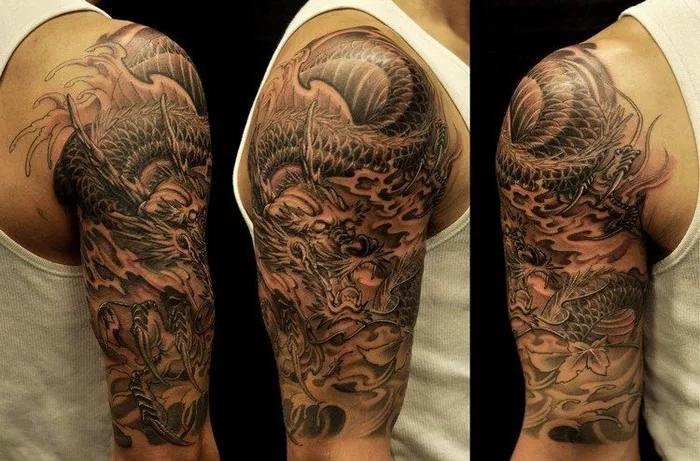Tattoos, once relegated to the fringes of society as marks of rebellion or belonging to specific subcultures, have undergone a remarkable transformation over the years. What was once seen as mere body modification or a symbol of counterculture has evolved into a respected form of artistry, with intricate designs adorning bodies of all kinds. But when did tattoos transition from being stigmatized to celebrated as legitimate works of art?
To understand the journey of tattoos into the realm of art, we must delve into their rich history, spanning millennia and crossing cultural boundaries. From ancient rituals to contemporary expressions of self, tattoos have played diverse roles in societies worldwide. This article explores the pivotal moments and cultural shifts that have elevated tattoos from mere markings to revered art forms.
Ancient Origins: Rituals, Status, and Symbolism
The origins of tattooing can be traced back thousands of years, with evidence of the practice found in various ancient cultures across the globe. In ancient Egypt, tattoos were associated with religious rituals and were often reserved for priests and priestesses. Similarly, in Polynesian cultures, tattoos served as symbols of status, identity, and lineage, with intricate designs adorning the bodies of warriors and chiefs.
Throughout history, tattoos have been imbued with layers of symbolism, representing everything from spiritual beliefs to social hierarchy. In some cultures, tattoos were used to mark important milestones such as coming of age ceremonies or rites of passage. In others, they served as talismans for protection or as a form of adornment.
Tattoos in the Western World: From Stigma to Subculture
In the Western world, tattoos took on a different connotation. During the late 19th and early 20th centuries, tattoos were often associated with marginalized groups such as sailors, criminals, and circus performers. They were viewed as symbols of deviance and were heavily stigmatized by mainstream society.
Despite this stigma, tattoos began to gain popularity among certain subcultures, particularly in the aftermath of World War II. The rise of tattooing as a form of self-expression can be attributed in part to the work of artists like Norman Collins, better known as Sailor Jerry, whose bold, traditional designs helped to popularize tattoos among a wider audience.
The Tattoo Renaissance: From Margins to Mainstream
The latter half of the 20th century witnessed a significant shift in attitudes towards tattoos. What was once considered taboo began to be embraced by a more diverse range of people, including artists, musicians, and celebrities. This shift can be attributed to several factors, including changes in social norms, advancements in tattooing technology, and the rise of tattoo culture as a form of artistic expression.
Advancements in tattooing equipment, such as the invention of the electric tattoo machine, made the process safer, faster, and more precise, attracting a broader clientele. Additionally, the emergence of tattoo conventions, magazines, and online forums provided a platform for tattoo artists to showcase their work and connect with enthusiasts around the world.
Tattoos as Fine Art: Recognition and Validation
In recent decades, tattoos have increasingly been recognized as legitimate forms of fine art. This recognition can be attributed to the growing appreciation for the skill and creativity involved in tattooing, as well as the blurring of boundaries between traditional art forms and contemporary practices.
Today, tattoo artists are celebrated as skilled craftsmen and women, pushing the boundaries of design and technique to create stunning works of art on living canvases. Many tattoo artists draw inspiration from a wide range of artistic movements, including surrealism, abstract expressionism, and pop art, infusing their designs with depth, meaning, and personal flair.
Conclusion
In conclusion, the journey of tattoos from cultural taboo to celebrated art form is a testament to the enduring power of human creativity and expression. What was once dismissed as mere body modification has evolved into a respected medium for artistic innovation and self-expression. As tattoos continue to evolve and adapt to changing cultural landscapes, one thing remains clear: the artistry of ink is here to stay. Whether as symbols of identity, expressions of creativity, or acts of personal empowerment, tattoos have firmly secured their place in the pantheon of fine art.

